Pro Django
Contents at a Glance
Contents
About the Author
About the Technical Reviewers
Acknowledgments
Preface
Introduction
Chapter 1: Understanding Django
Philosophy
Django’s Interpretation of the MVC Pattern
Model
Template
URL Configuration
Loose Coupling
Don’t Repeat Yourself (DRY)
A Focus on Readability
Failing Loudly
Documenting Rules
Community
Management of the Framework
News and Resources
Reusable Applications
Getting Help
Read the Documentation
Check Your Version
Frequently Asked Questions (FAQ)
Mailing Lists
Internet Relay Chat (IRC)
Now What?
Chapter 2: Django Is Python
How Python Builds Classes
Building a Class Programmatically
Metaclasses Change It Up
Using a Base Class with a Metaclass
Declarative Syntax
Centralized Access
The Base Class
Attribute Classes
Ordering Class Attributes
Class Declaration
Common Duck Typing Protocols
Callables
__call__(self[, …])
Dictionaries
__contains__(self, key)
__getitem__(self, key)
__setitem__(self, key, value)
Files
read(self, [size])
write(self, str)
close(self)
Iterables
__iter__(self)
Iterators
next(self)
Generators
Sequences
__len__(self)
__getitem__(self) and __setitem__(self, value)
Augmenting Functions
Excess Arguments
Positional Arguments
Keyword Arguments
Mixing Argument Types
Passing Argument Collections
Decorators
Decorating with Extra Arguments
Partial Application of Functions
Back to the Decorator Problem
A Decorator with or without Arguments
Descriptors
__get__(self, instance, owner)
__set__(self, instance, value)
Keeping Track of Instance Data
Introspection
Common Class and Function Attributes
Identifying Object Types
Getting Arbitrary Object Types
Checking for Specific Types
Function Signatures
Handling Default Values
Docstrings
Applied Techniques
Tracking Subclasses
A Simple Plugin Architecture
Now What?
Chapter 3: Models
How Django Processes Model Classes
Setting Attributes on Models
Getting Information About Models
Class Information
Field Definitions
Primary Key Fields
Configuration Options
Accessing the Model Cache
Retrieving All Applications
Retrieving a Single Application
Dealing with Individual Models
Using Model Fields
Common Field Attributes
Common Field Methods
Subclassing Fields
Deciding Whether to Invent or Extend
Performing Actions During Model Registration
contribute_to_class(self, cls, name)
contribute_to_related_class(self, cls, related)
Altering Data Behavior
get_internal_type(self)
validate(self, value, instance)
to_python(self, value)
Supporting Complex Types with SubfieldBase
Controlling Database Behavior
db_type(self, connection)
get_prep_value(self, value)
get_db_prep_value(self, value, connection, prepared=False)
get_db_prep_save(self, value, connection)
get_prep_lookup(self, lookup_type, value)
get_db_prep_lookup(self, lookup_type, value, connection, prepared=False)
Dealing with Files
get_directory_name(self)
get_filename(self, filename)
generate_filename(self, instance, filename)
save_form_data(self, instance, data)
delete_file(self, instance, sender)
attr_class
Customizing the File Class
path(self)
url(self)
size(self)
open(self, mode=‘rb’)
save(self, name, content, save=True)
delete(self, save=True)
Signals
class_prepared
pre_init and post_init
pre_save and post_save
pre_delete and post_delete
post_syncdb
Applied Techniques
Loading Attributes on Demand
Storing Raw Data
Pickling and Unpickling Data
Unpickling on Demand
Putting It All Together
Creating Models Dynamically at Runtime
A First Pass
Adding Model Configuration Options
Now What?
Chapter 4: URLs and Views
URLs
Standard URL Configuration
The patterns() Function
The url( ) Function
The include( ) Function
Resolving URLs to Views
Resolving Views to URLs
The permalink Decorator
The url Template Tag
The reverse( ) Utility Function
Function-Based Views
Templates Break It Up a Bit
Anatomy of a View
Writing Views to Be Generic
Use Lots of Arguments
Provide Sensible Defaults
View Decorators
Applying View Decorators
Writing a View Decorator
Class-Based Views
django.views.generic.base.View
__init__(self, **kwargs)
as_view(cls, **initkwargs)
dispatch(self, request, *args, **kwargs)
Individual View Methods
Decorating View Methods
Using an Object As a View
Applied Techniques
Cross-Origin Resource Sharing (CORS)
CORS Decorator
CORS Mixin
Providing Both a Decorator and a Mixin
Now What?
Chapter 5: Forms
Declaring and Identifying Fields
Binding to User Input
Validating Input
Using Class-Based Views
Custom Fields
Validation
Controlling Widgets
Defining HTML Behavior
Custom Widgets
Rendering HTML
Obtaining Values from Posted Data
Splitting Data Across Multiple Widgets
Customizing Form Markup
Accessing Individual Fields
Customizing the Display of Errors
Applied Techniques
Pending and Resuming Forms
Storing Values for Later
Reconstituting a Form
A Full Workflow
Making It Generic
A Class-Based Approach
Now What?
Chapter 6: Templates
What Makes a Template
Exceptions
The Process at Large
Content Tokens
Parsing Tokens into Nodes
Template Nodes
Rendering Templates
Context
Simple Variable Resolution
Complex Variable Lookup
Including Aspects of the Request
Retrieving Templates
django.template.loader.get_template(template_name)
django.template.loader.select_template(template_name_list)
Shortcuts to Load and Render Templates
render_to_string(template_name, dictionary=None, context_instance=None)
render_to_response(template_name, dictionary=None, context_instance=None, content_type=None)
Adding Features for Templates
Setting Up the Package
Variable Filters
Accepting a Value
Accepting an Argument
Returning a Value
Registering As a Filter
Template Tags
A Simple Tag
A Shortcut for Simple Tags
Adding Features to All Templates
Applied Techniques
Embedding Another Template Engine
Converting a Token to a String
Compiling to a Node
Preparing the Jinja Template
Enabling User-Submitted Themes
Setting Up the Models
Supporting Site-Wide Themes
Setting Up Templates to Use Themes
Validating and Securing Themes
An Example Theme
Now What?
Chapter 7: Handling HTTP
Requests and Responses
HttpRequest
HttpRequest.method
“Safe” Methods
“Idempotent” Methods
HttpRequest.path
Accessing Submitted Data
HttpRequest.GET
HttpRequest.POST
HttpRequest.FILES
HttpRequest.raw_post_data
HttpRequest.META
HttpRequest.COOKIES
HttpRequest.get_signed_cookie(key[, …])
HttpRequest.get_host( )
HttpRequest.get_full_path( )
HttpRequest.build_absolute_uri(location=None)
HttpRequest.is_secure( )
HttpRequest.is_ajax( )
HttpRequest.encoding
HttpResponse
Creating a Response
Dictionary Access to Headers
File-Like Access to Content
HttpResponse.status_code
HttpResponse.set_cookie(key, value=''[, …])
HttpResponse.delete_cookie(key, path='/', domain=None)
HttpResponse.cookies
HttpResponse.set_signed_cookie(key, value, salt=''[, …])
HttpResponse.content
Specialty Response Objects
Writing HTTP Middleware
MiddlewareClass.process_request(self, request)
MiddlewareClass.process_view(self, request, view, args, kwargs)
MiddlewareClass.process_response(self, request, response)
MiddlewareClass.process_exception(self, request, exception)
Deciding Between Middleware and View Decorators
Differences in Scope
Configuration Options
Using Middleware As Decorators
Allowing Configuration Options
HTTP-Related Signals
django.core.signals.request_started
django.core.signals.request_finished
django.core.signals.got_request_exception
Applied Techniques
Signing Cookies Automatically
Signing Outgoing Response Cookies
Validating Incoming Request Cookies
Signing Cookies As a Decorator
Now What?
Chapter 8: Backend Protocols
Database Access
django.db.backends
DatabaseWrapper
DatabaseWrapper.features
DatabaseWrapper.ops
Comparison Operators
Obtaining a Cursor
Creation of New Structures
Introspection of Existing Structures
DatabaseClient
DatabaseError and IntegrityError
Authentication
get_user(user_id)
authenticate(**credentials)
Storing User Information
Files
The Base File Class
Handling Uploads
Storing Files
Session Management
Caching
Specifying a Backend
Using the Cache Manually
Template Loading
load_template_source(template_name, template_dirs=None)
load_template_source.is_usable
load_template(template_name, template_dirs=None)
Context Processors
Applied Techniques
Scanning Incoming Files for Viruses
Now What?
Chapter 9: Common Tools
Core Exceptions (django.core.exceptions)
ImproperlyConfigured
MiddlewareNotUsed
MultipleObjectsReturned
ObjectDoesNotExist
PermissionDenied
SuspiciousOperation
ValidationError
ViewDoesNotExist
Text Modification (django.utils.text)
compress_string(s)
compress_sequence(sequence)
get_text_list(items, last_word='or')
javascript_quote(s, quote_double_quotes=False)
normalize_newlines(text)
phone2numeric(phone)
recapitalize(text)
slugify(value)
smart_split(text)
unescape_entities(text)
unescape_string_literal(s)
wrap(text, width)
Truncating Text
Truncator.chars(num, truncate='…')
Truncator.words(num, truncate='…', html=False)
Data Structures (django.utils.datastructures)
DictWrapper
ImmutableList
MergeDict
MultiValueDict
SortedDict
Functional Utilities (django.utils.functional)
cached_property(func)
curry(func)
lazy(func, *resultclasses)
allow_lazy(func, *resultclasses)
lazy_property(fget=None, fset=None, fdel=None)
memoize(func, cache, num_args)
partition(predicate, values)
wraps(func)
Signals
How It Works
Defining a Signal
Sending a Signal
Capturing Return Values
Defining a Listener
Registering Listeners
Forcing Strong References
Now What?
Chapter 10: Coordinating Applications
Contacts
contacts.models.Contact
contacts.forms.UserEditorForm
contacts.forms.ContactEditorForm
contacts.views.EditContact
Admin Configuration
URL Configuration
Real Estate Properties
properties.models.Property
properties.models.Feature
properties.models.PropertyFeature
properties.models.InterestedParty
Admin Configuration
URL Configuration
Now What?
Chapter 11: Enhancing Applications
Adding an API
Serializing Data
Outputting a Single Object
Handling Relationships
Controlling Output Fields
Many-to-Many Relationships
Getting the Appropriate Fields
Getting Information About the Relationship
Retrieving Data
ResourceView
ResourceListView
ResourceDetailView
Now What?
Index

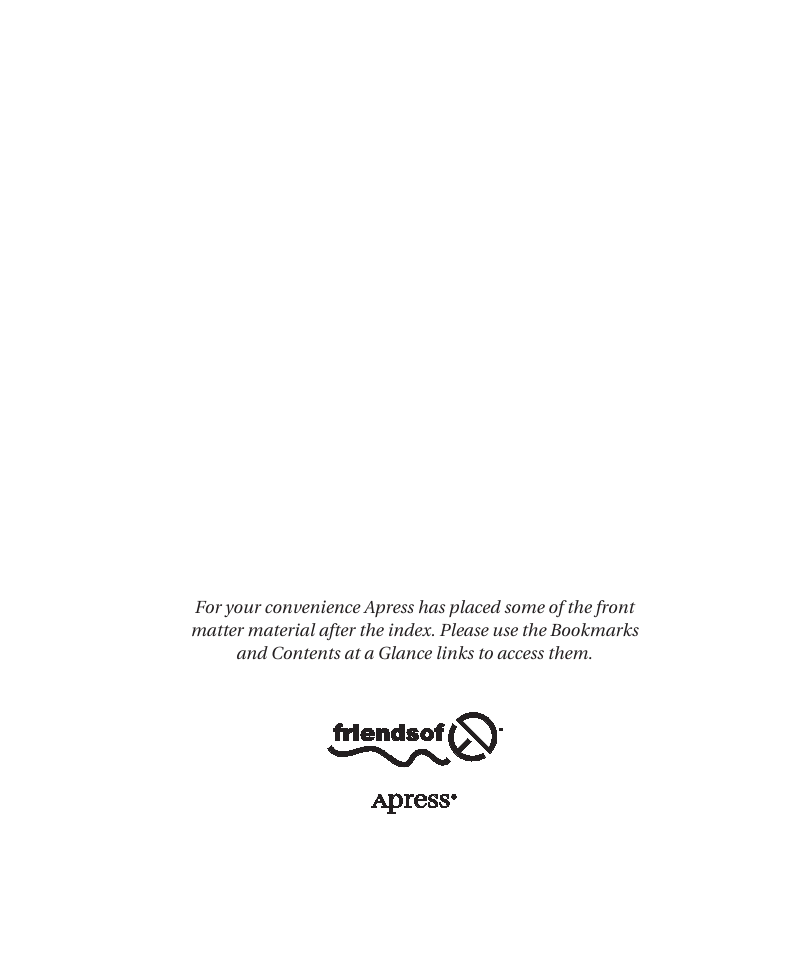
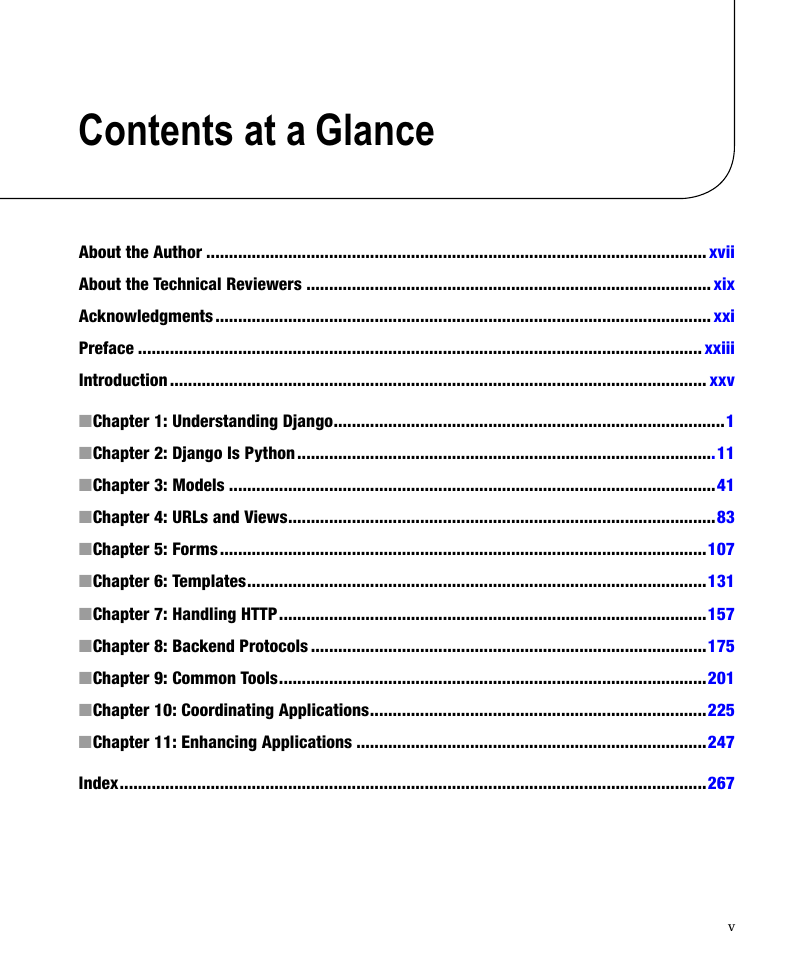
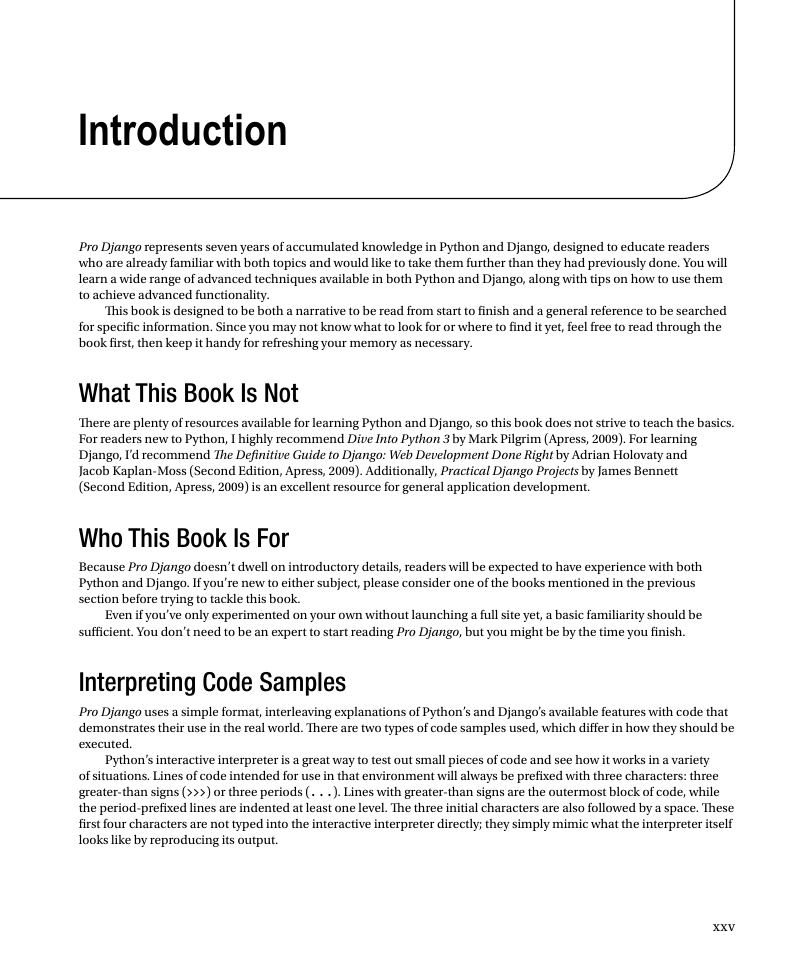

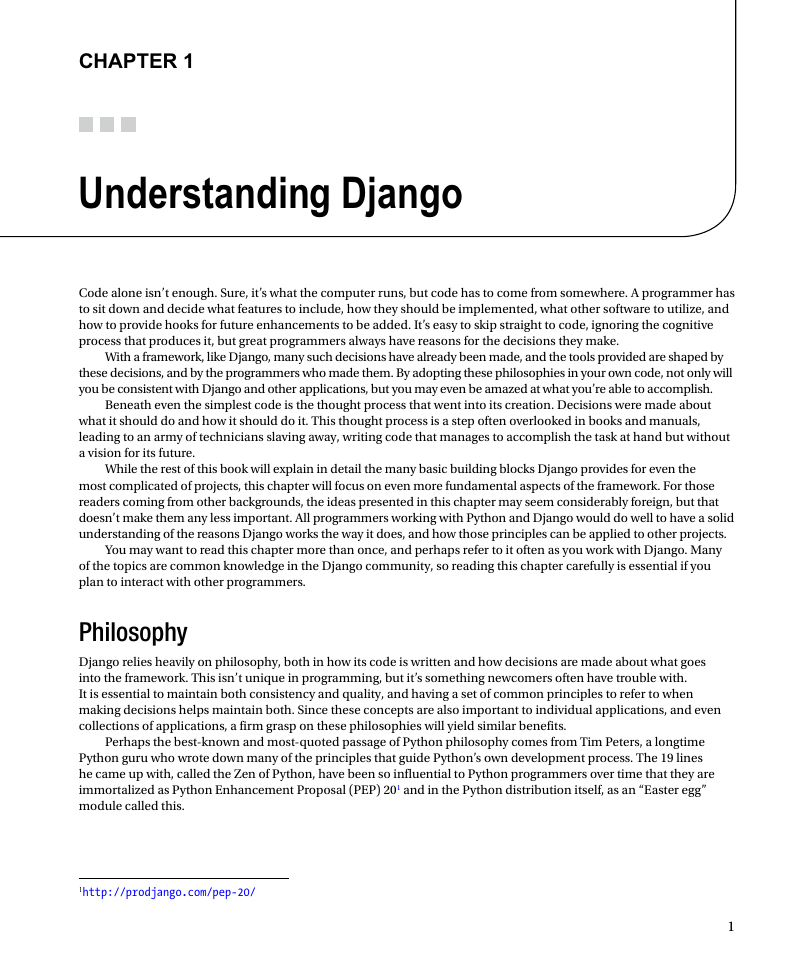
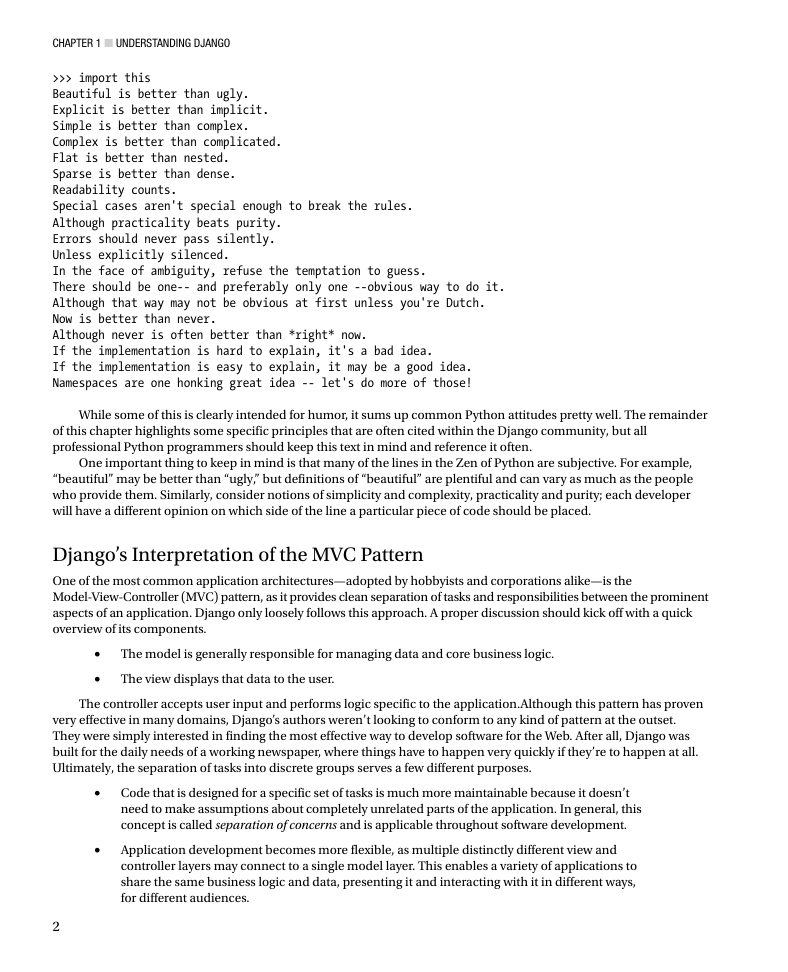
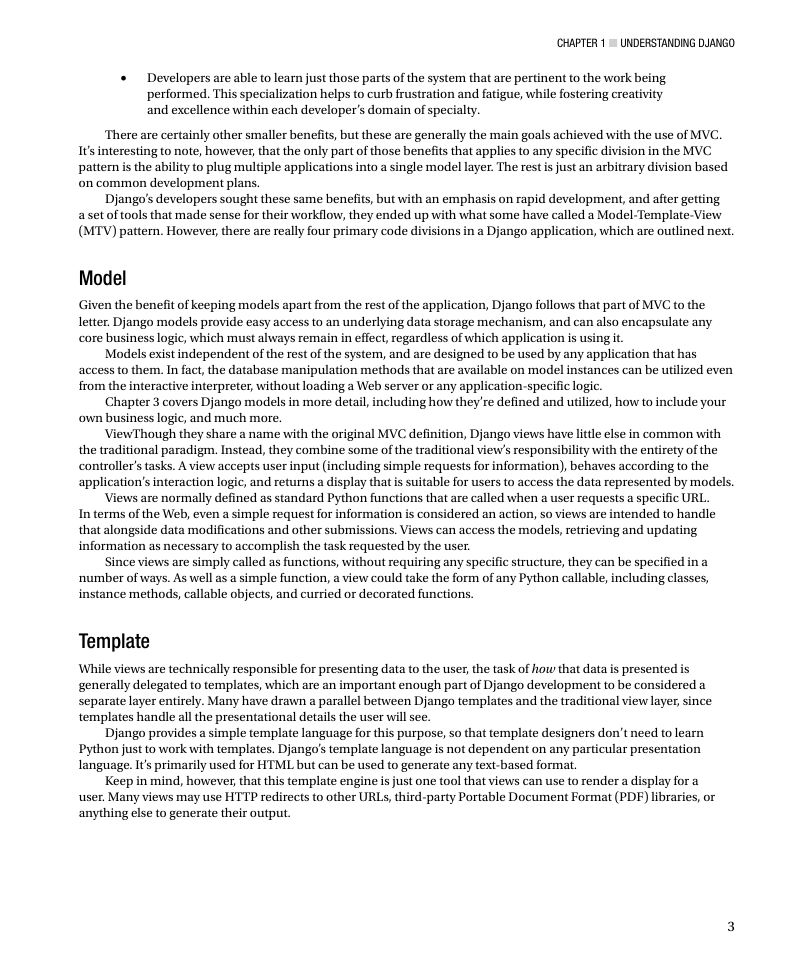








 2023年江西萍乡中考道德与法治真题及答案.doc
2023年江西萍乡中考道德与法治真题及答案.doc 2012年重庆南川中考生物真题及答案.doc
2012年重庆南川中考生物真题及答案.doc 2013年江西师范大学地理学综合及文艺理论基础考研真题.doc
2013年江西师范大学地理学综合及文艺理论基础考研真题.doc 2020年四川甘孜小升初语文真题及答案I卷.doc
2020年四川甘孜小升初语文真题及答案I卷.doc 2020年注册岩土工程师专业基础考试真题及答案.doc
2020年注册岩土工程师专业基础考试真题及答案.doc 2023-2024学年福建省厦门市九年级上学期数学月考试题及答案.doc
2023-2024学年福建省厦门市九年级上学期数学月考试题及答案.doc 2021-2022学年辽宁省沈阳市大东区九年级上学期语文期末试题及答案.doc
2021-2022学年辽宁省沈阳市大东区九年级上学期语文期末试题及答案.doc 2022-2023学年北京东城区初三第一学期物理期末试卷及答案.doc
2022-2023学年北京东城区初三第一学期物理期末试卷及答案.doc 2018上半年江西教师资格初中地理学科知识与教学能力真题及答案.doc
2018上半年江西教师资格初中地理学科知识与教学能力真题及答案.doc 2012年河北国家公务员申论考试真题及答案-省级.doc
2012年河北国家公务员申论考试真题及答案-省级.doc 2020-2021学年江苏省扬州市江都区邵樊片九年级上学期数学第一次质量检测试题及答案.doc
2020-2021学年江苏省扬州市江都区邵樊片九年级上学期数学第一次质量检测试题及答案.doc 2022下半年黑龙江教师资格证中学综合素质真题及答案.doc
2022下半年黑龙江教师资格证中学综合素质真题及答案.doc